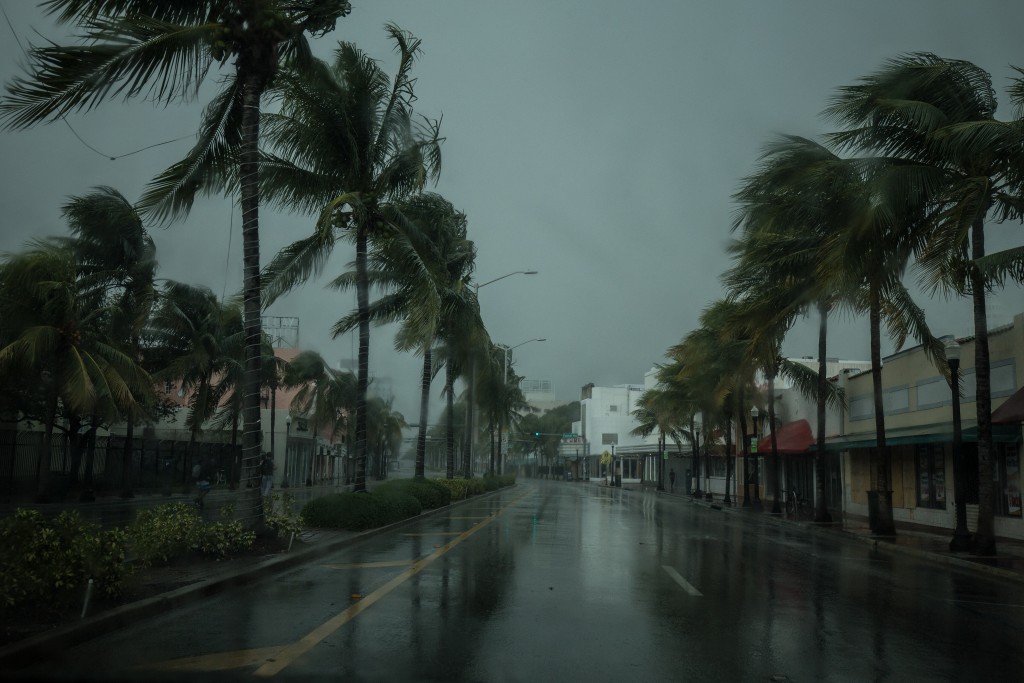Since the North American continent is sandwiched between two oceans, the U.S. is frequented by many hurricanes throughout the year. The Atlantic hurricane season starts from June 1 to November 30, while the Eastern Pacific hurricane season lasts from May 15 to November 30.
Although not all storms and hurricanes made landfall, the ones that did had devastating effects on both commercial and residential properties. Repair, recovery, and losses for residential and commercial properties combined even reached $43 billion in 2019.
If you own a commercial building or reside in an area typically hit by hurricanes, you want to make sure your property is ready for the strong rains and winds. Repairing your building every time it is hit by a hurricane is not cost-effective and you will want some reinforcements that can last you for a long time.
Looking to reinforce and hurricane-proof your house in time for the hurricane season? Here are some tips you may want to consider:
Roof
Roofs are one of your primary protection against all types of weather. Thus, it should be designed to withstand not just the heat of the sun but even Category 4 hurricanes as well. Since hurricanes are forecasted a few days before its expected landfall, you still have some time to spare for a quick check-up of your property.
Check your roof for any loose or faulty shingles that may potentially cause leaks. This should be remedied soon, especially when a hurricane is already underway. Also, opt for hip roof designs as they are more durable and can withstand hurricanes better than other roof designs.
Another thing to check is the gutter. Ensure that there are no leaves or debris clogging the flow of water. This can become a nesting place for mosquitoes and cause damages to your roof if left unresolved for prolonged periods of time. Alternatively, opt for a gutter protection system that will ensure your gutters will never be clogged, resulting in less maintenance.
Consider caulking roof shingles and gutters too for extra-protection against leaks.
Windows
Along with roofs, windows should be your next priority when hurricane-proofing your property. There are many hurricane-resistant or hurricane-impact windows available in the market. Hurricane impact windows are designed to withstand strong winds and rains. And if in the event that the glass breaks, they will not shatter into tiny, dangerous pieces. They are designed to break into larger pieces.
However, since impact-resistant windows are harder to make and require more resources, the upgrade will definitely cost you a lot more than traditional windows that easily break. Those living in high-velocity hurricane zone are the ones mostly encouraged to invest in impact-windows as this investment can last them for a long time.
Door
When hurricanes make landfall, flash floods are also expected to follow. New innovations called flood barriers or door dams have been gaining traction over the years. Door dams can be stacked and used to protect your house from being entered by floods.
Flood barriers also work with garage doors. Door dams work exactly like traditional dams by preventing water from entering your property. It is also a cheaper alternative to flood doors.
Other things to prepare

Aside from ensuring that the structure of your property can weather hurricanes, you also need to prepare for things such as first-aid and emergency kits. While the things we mentioned can help make your house hurricane-resistant, it is not infallible. You also need to have a contingency plan in case something else goes awry.
Storms can easily last for many days. Stockpile canned goods and other toiletry essentials such as soap, toothpaste, and shampoo. Flashlights, batteries, or even generators should be accessible in case power goes out.
Also, keep a portable gas stove handy, but be aware of the risks of butane canisters. This can help you preserve your food stock by reheating leftovers before they become spoilt. Replenish your first-aid and emergency kits too. Ideally, each member of the family should have their first-aid kits ready.
Another thing to keep in mind is to have an evacuation plan. List down numbers of pertinent local authorities that can help your family emergency evacuate. Determine how you are going to get out of the house or at least reach the roof if the water level outside gets too high.
If the road is still clear for cars to pass by, make sure your vehicle has a full tank to get you to your destination. If not, properly strap or secure your car to your garage to prevent it from drifting away in case a flood rushes into your house.
There is nothing we can do to stop hurricanes but preparing before it strikes can help save lives and mitigate the losses we might incur.

